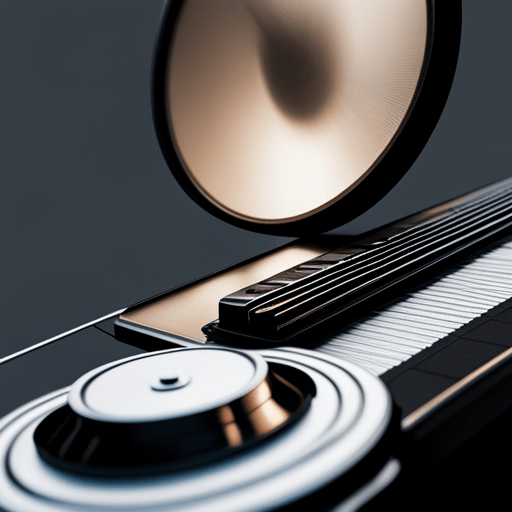Mixing Ambient Music: Making Pads and Textures Engulf the Listener

Do you have any tips or guides on synthesizing and layering ambient pads to create a textured sound envelope
In the realm of ambient music, creating immersive sonic landscapes that would engulf the listener serves as a central aim for many artists. The complex world of this genre relies heavily on subtle nuances, detailed pads, and intricate textures. This article will take you through the intricacies of blending these three elements to create ambient music that is truly captivating.
Understanding the Concept of Ambient Music
Ambient music is a genre that emphasizes tone and atmosphere over traditional musical structure or rhythm. The entire purpose of this type of music is to immerse the listener in a world of sound, often enveloping them with lush layers of detailed pads and fine textures. Its focus lies in creating a soothing, mind-transporting experience, rather than just auditory stimulation.
Creating Rich Pads
Pads are the backbone of ambient music. They create the wash of sound, that creates the immersive atmosphere that the genre is known for. Here are some techniques:
- Layering Sounds: Create the pad by using multiple oscillators. Each oscillator should be set to produce different waveforms and pitches. This results in a rich sound, with plenty of harmonic content.
- Filter Modulation: By alternating the filter cutoff and resonance, you can add motion and evolvement to your pad sound.
- Reverb and Delay: These effects can dramatically enhance the space and depth of the pads, making them more immersive.
Integrating Intricate Textures
Textures play a pivotal role in ambient music. This element refers to the quality of sound that can be perceived as granular, smooth, harsh, etc. Here’s how you can make the most of it:
- Field Recordings: These are great tools to add real-world textures and atmosphere to your mix. They can be processed, stretched and manipulated in countless ways to create a unique sonic palette.
- Add Noise: Layering in subtle noise can add a level of realism and depth to the mix.
- Reverb and Delay: Again, these effects are crucial for adding depth and space to your textures.
Engulfing the Listener
The ultimate goal of mixing ambient music is to create a listening experience where the listener is completely immersed in the sonic landscape you’ve created. Achieving this requires careful attention to detail, understanding how different sounds and effects interact with each other, and most importantly, it requires creativity and experimentation.
Conclusion
Ambient music is a deeply immersive and incredibly textured genre of music. By understanding how to effectively use pads and create varied textures, you are well on your way to crafting ambient music that truly engulfs the listener. Remember, the journey is as important as the destination in music production, so keep exploring, experimenting and learning!
